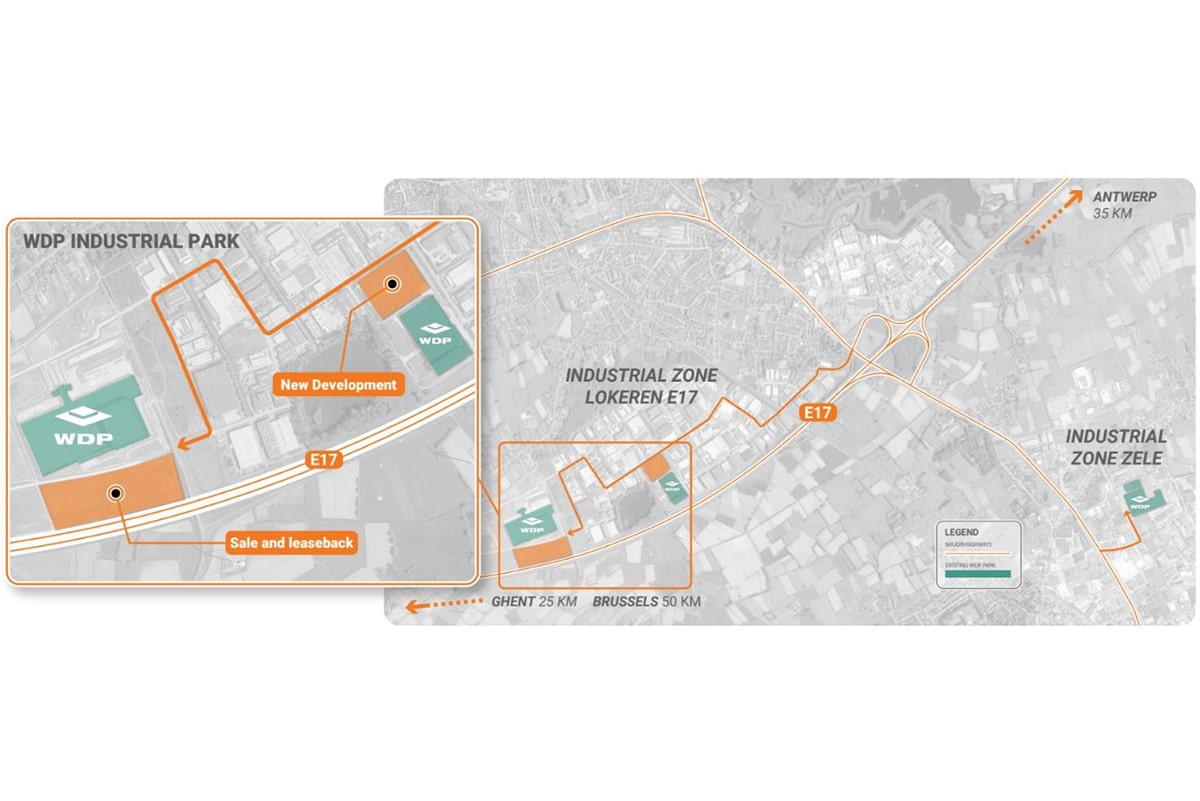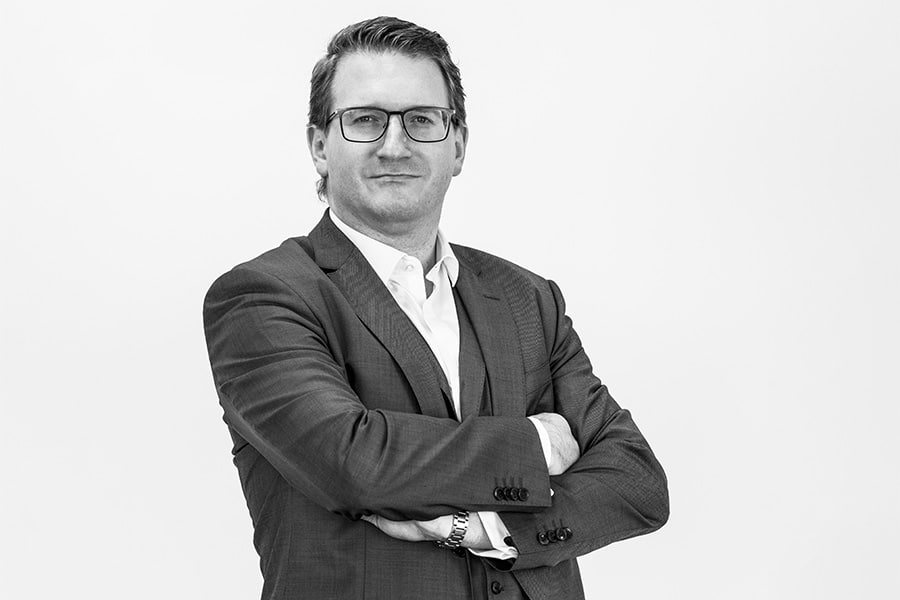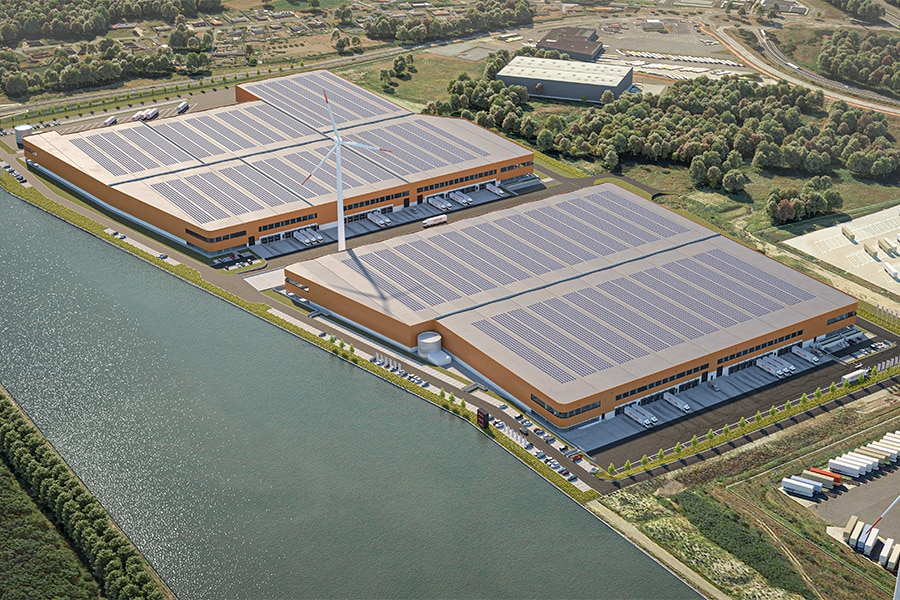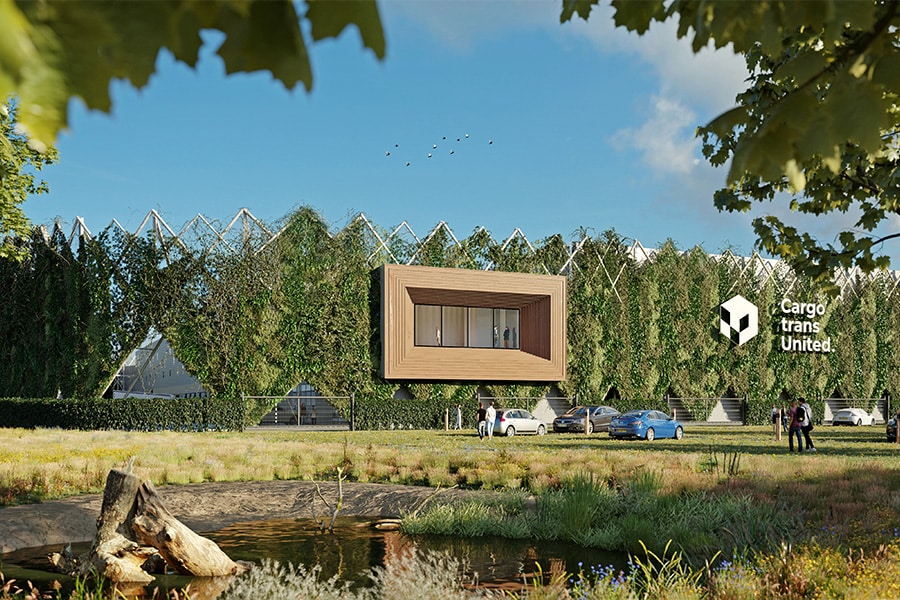
'A green warehouse leads to a sustainable appearance, more economical production process and nicer working environment'
At the initiative of IVN Natuureducatie and made possible by a 26 million euro grant from the National Growth Fund, a major program has been launched to green business parks. The aim is that over the next nine years, at least 1,000 business parks will go into transition to what is known as the 'working landscape of the future'. The project of the same name also focuses heavily on logistics real estate. "These are often large gray 'boxes' and greening will counteract this 'withering' of the landscape. But it also helps the companies themselves. Greenery reduces the chance of damage from flooding or heat and it creates space where employees are happier, more productive and healthier," explains Kim van der Leest.
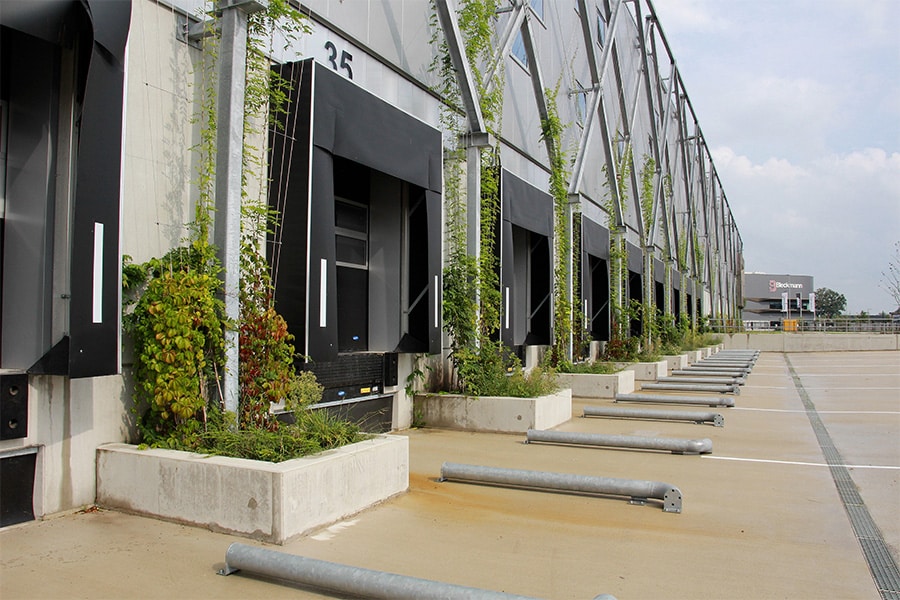
Van der Leest works as an ambassador for the program and continues: "It also makes your company more attractive to new employees and it can contribute to a higher value of the premises. In short, it's a win-win situation." The Work Landscapes of the Future coalition consists of more than thirty partners, including entrepreneurs, governments, research and educational institutions. Business organization TLN is also affiliated. Falco Lievaart, Spatial Planning Policy Advisor at TLN: "We think it is important to think with the government, politicians and logistics partners about a good spatial and sustainable integration of logistics real estate in the Dutch landscape. That is why we have started a collaboration with the Royal Association of Horticulturists and Greenkeepers to actually start greening buildings. In doing so, we not only want to make a case for 'outdoor greening' but also certainly for indoor greening."

Support
The coalition supports logistics companies with knowledge and an extensive toolbox full of practical tools, (financial) instruments and concrete tips to get started right away. Among other things, the tools help clarify which subsidies are available, how to approach the transition and how to achieve the desired goals. "After all, one company will particularly want to make a contribution to biodiversity, while another company will want to focus more on a pleasant workplace. Greening is still often seen as a cost rather than an investment, because it is not always clear what it delivers in concrete terms. By sharing knowledge and doing more research, we want to better identify the costs and benefits."

Innovation Database
"In addition, we see that green innovations are still insufficiently known. For this reason, we have created an online innovation database. Here anyone can find information about existing innovations based on practical examples. From smart forms of cooperation and a healthy working environment to the prevention of flooding or heat stress. You will also find lessons learned, useful documents and contacts in this database."
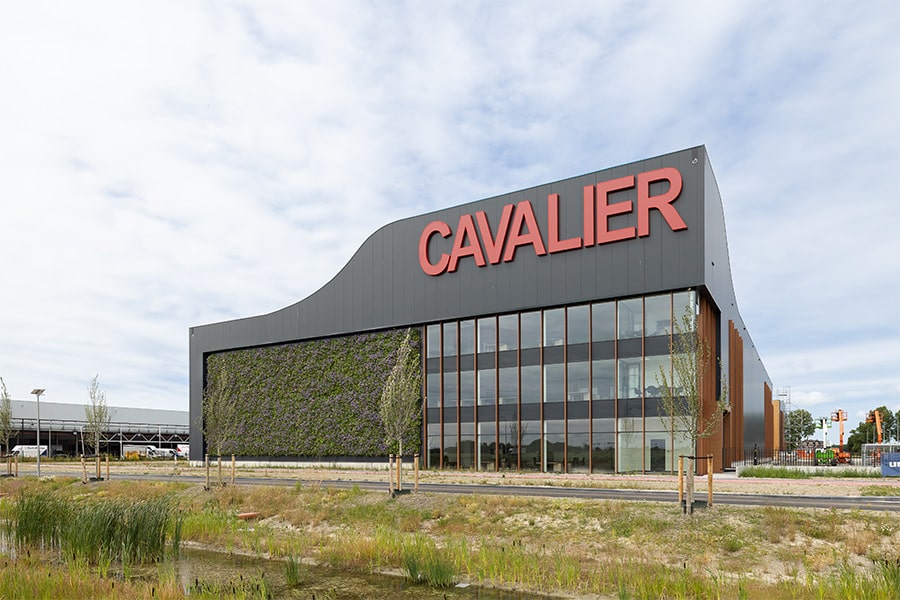
Nature-inclusive docks
A great example is the ARA XL distribution center in Almelo. With an ecological nature screen almost a kilometer long and fifteen meters high, it promotes biodiversity.The screen is maximally nature-inclusive: green views for employees, climate-adaptive and as biodiverse as possible, with food and shelter for various animal species. The screen is positioned partly against the building, partly freestanding and even partly above the loading docks.
Sprinkler tank as an insect hotel
Every distribution center must have a sprinkler tank, a huge cylinder for storing firewater. An ultimate opportunity to turn that into a huge insect hotel at the same time. That is what happened at Hydra Utrecht. By wrapping the tank here with greenery, a residence for insects and birds was created. Thus, the sprinkler tank turned into a poster of the plan and provides an innovative nature-inclusive impact.
